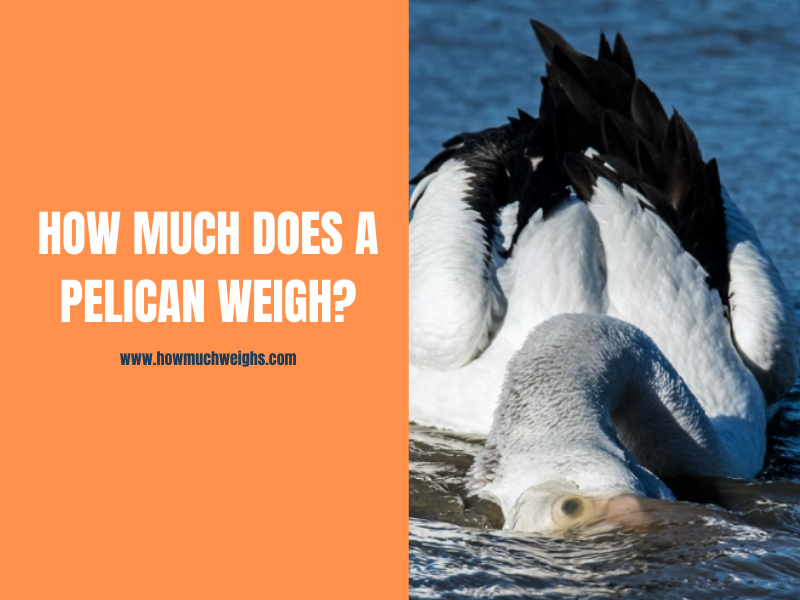Pelicans come in more than a half-dozen species, but they all feature the iconic throat pouch for which the birds are best known. These big birds catch fish with their elastic pouches, however, different species do so in different ways.
Any of the seven or eight species of waterbirds in the genus Pelecanus that make up the family Pelecanidae (order Pelecaniformes) are recognizable by their enormous elastic throat pouches. In many places of the world, pelicans can be found on lakes, rivers, and seacoasts.
How much does a Florida pelican weigh?
They weigh between four and eleven pounds on average, with males weighing 15-20% more than females. Their wingspan averages 78 inches, and their beak length varies between 10-15 inches.
Why Is A Pelican’s Beak So Large?
A pelican’s beak can store up to 3 gallons (11 liters) of water. To put it another way, it’s in the skin pouch in the throat, which is attached to the lower beak. By the way, a pelican’s stomach is only half as huge.
Is the pelican so thirsty that it needs to drink so much water all at once? That can’t possibly be correct. Even if it would be entertaining, the skin pouch does not function as a water pistol. The correct answer is: The pelican catches fish by using its beak as a landing net or a dipper.
It simply slightly opens its beak and “floods” the pouch with water. Then it opens the beak slightly again to let the water out. The tasty fish remains in the pouch and can subsequently be ingested.
Can a pelican fly?
Pelicans can’t fly for more than a few minutes at a time, yet they can stay in the air for up to 24 hours, traversing hundreds of kilometers. They are outstanding soarers, able to rise to great heights by riding thermals. Flight at 1,000 meters is frequent, and 3000 meters have been observed.
Types of Pelican Bird
There are some common types of Pelican here we described their characteristics and their weighs-
Brown Pelican
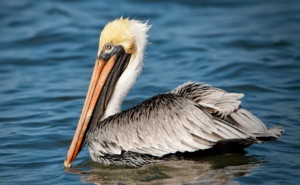
Brown pelicans (Pelecanus occidentalis) are the tiniest of the pelican species, weighing about six to twelve pounds. Brown pelicans are found along the eastern coast of North America and into northern Chile in five subspecies.
Their colonies can also be found on the island of Saut d’Eau and near the Amazon River’s mouth. Louisiana is home to the eastern brown pelican, which is also the state bird.
The weight of a brown pelican is 3.1 kilograms.
Dalmatian Pelican

The Dalmatian pelican (Pelecanus crispus) is the largest known pelican species, with a wingspan of 11 1/2 feet and a weight of 33 pounds. It is thought to be the heaviest flying animal on the planet. The habitat of the dalmatian pelican stretches from eastern Europe to China. Nests are constructed around swamps, shallow lakes, and lagoons.
Dalmatian Weigh: They have a wingspan of over 3.5 metres, which rivals that of the wandering albatross, which is often regarded as the world’s largest bird. To put their 3.5-metre wingspan in perspective, a family hatchback is around the same length. The typical weight of a Dalmatian pelican is around 12 kilograms.
American White Pelican
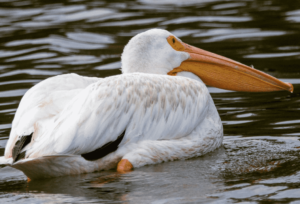
American white pelicans (Pelecanus erythrorhynchos), sometimes known as rough-billed pelicans, dwell in vast colonies in inland North America, moving south as far as Central America in the winter. American white pelicans, unlike some of its pelican cousins, do not dive for food, instead scooping it up while swimming. They prefer to hunt in groups because it is easier for them to eat by chasing prey to one another.
The average weight of an American white pelican is 6.1 kilograms.
Australian Pelican
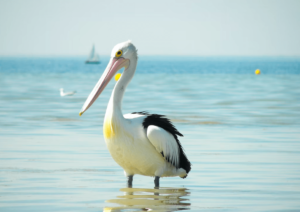
According to Avian Web, the Australian pelican (Pelecanus conspicillatus) has the world’s longest bill of any bird. The long-billed bird was first given the name “conspicillatus” in 1824 by Dutch naturalist Coenraad Jacob Temminck, which means “conspicuous” in Latin. In Australia, New Zealand, Figi, New Guinea, and Indonesia, Australian pelicans live near large bodies of open water.
The Australian Pelican weighs between 4 and 6.8 kilograms.
Great White Pelicans
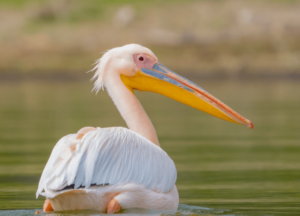
Great white pelicans (Pelecanus onocrotalus), sometimes known as eastern white or rosy pelicans, reside in colonies in Africa, Eastern Europe, and Asia’s wetlands and shallow lakes. They hunt in packs of six to eight, allowing them to encircle their prey with a circle of wide-open pouches from which it cannot escape.
Aggressive foragers will consume seagulls and other small birds if they cannot find regular food sources, drowning them first by holding their heads under water.
Great White Pelicans weigh: Great White Pelicans are about 175 cm (69 in) long, weighing between 9 and 15 kg (20 to 33 lb), with larger races from the Palaearctic weighing around 11 kg (24 lb) and few exceeding 13 kg (29 lb).
Pink-Backed Pelican

Pelicans with pink backs (Pelecanus rufescens) are found in Africa and southern Arabia, where they build their nests among swamps and shallow lakes. The gray and white appearance of these little birds, with the exception of the pink feathers on their backs, is true to their name. Young pink-backed pelicans eat partially digested fish by dipping their tiny heads into the jaws of adults.
The weight of a pink-backed pelican is 5.4 kilograms.
Spot-Billed Pelican
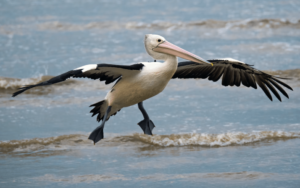
The spot-billed pelican, also known as the grey or Philippine pelican and classified as “near-threatened” by Avian Web, is one of the world’s most endangered pelican species. Because of habitat degradation and human interference, their populations have dropped dramatically across Asia. They are currently mostly restricted to Cambodia’s wetlands and huge lakes, as well as Sri Lanka and Thailand.
Weight of a spot-billed pelican ranges from 4.1 to 5.7 kg.

